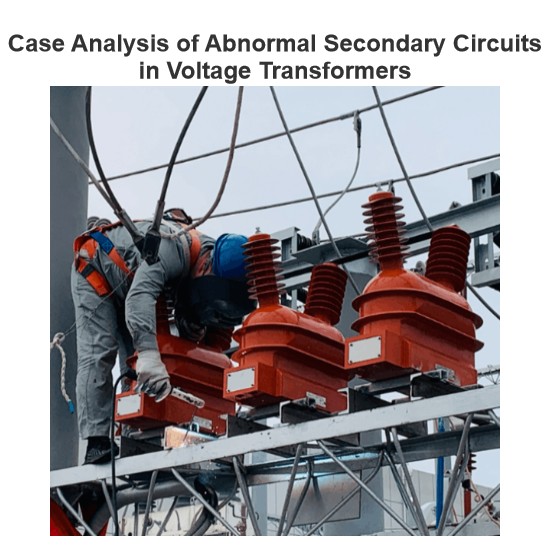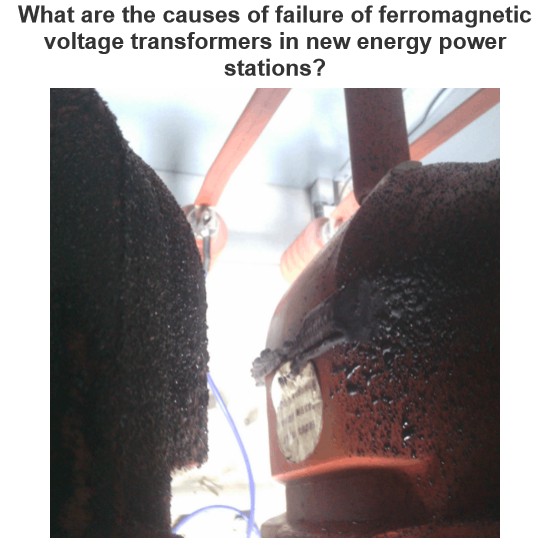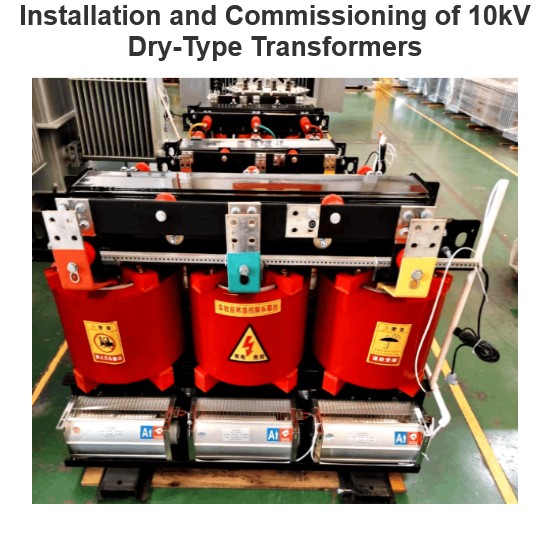| Brand | Wone |
| Model NO. | 0.7-3kW 1 MPPT Single Phase Residential Grid-tied Inverters |
| weight | 5.8Kg |
| Max.Input Voltage | 500V |
| Max. Input Current per MPPT | 15A |
| Number of MPP trackers | 1 |
| Nominal Output Voltage | 220/230V |
| Series | Residential Grid-tied Inverters |
Description:
GoodWe XS PLUS+ is an ultra-small residential solar inverter specifically designed to bring comfort and quiet operation as well as high efficiency to households. Its capacity ranges from 0.7kW to 3.0kW and its most outstanding characteristic is lightweight, which is only 5.8kg and as well as its extremely compact size equivalent to an A4 paper, that make it particularly easy to carry & install. Remarkably, it offers 130% of DC input oversizing and 110% of AC output overloading, and it's able to achieve maximum European efficiency of 97.2% for maximum performance. Conveniently, the communication options available on this inverter are both LAN and WiFi for smart home integration.
Feature:
Smart Control & Monitoring:
Load consumption monitoring
Power export limit
High Power Generation:
Max. 15A DC input current per string
40V start-up voltage
Superb Safety & Reliability:
IP65 ingress protection
Quality and robust components
Friendly & Thoughtful Design:
Fanless design for quiet operation
A4 size with light weight
System Parameters:
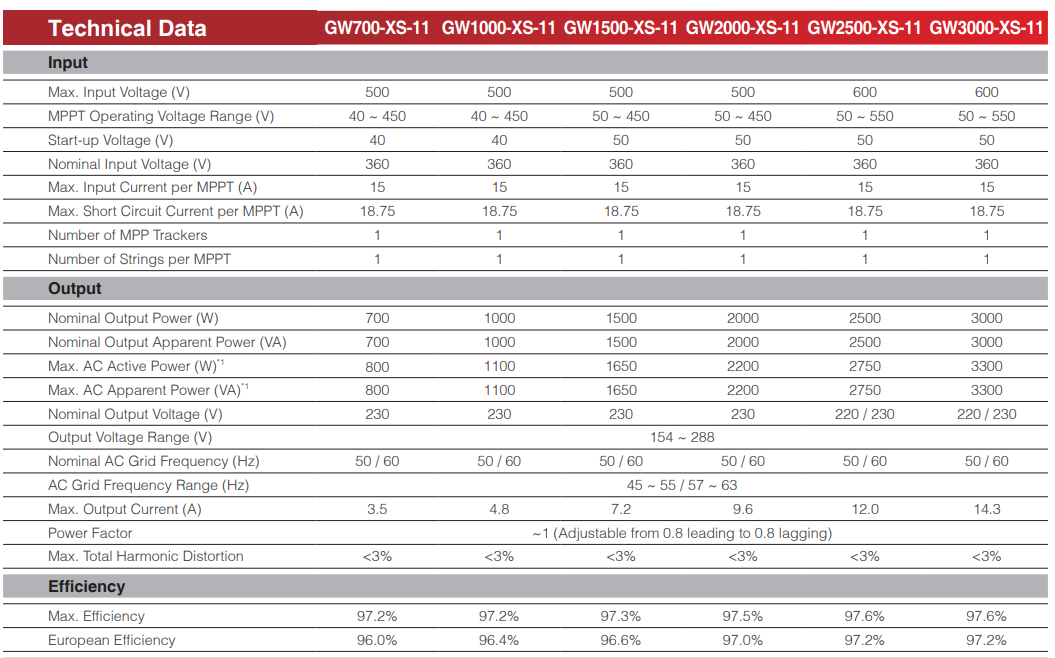
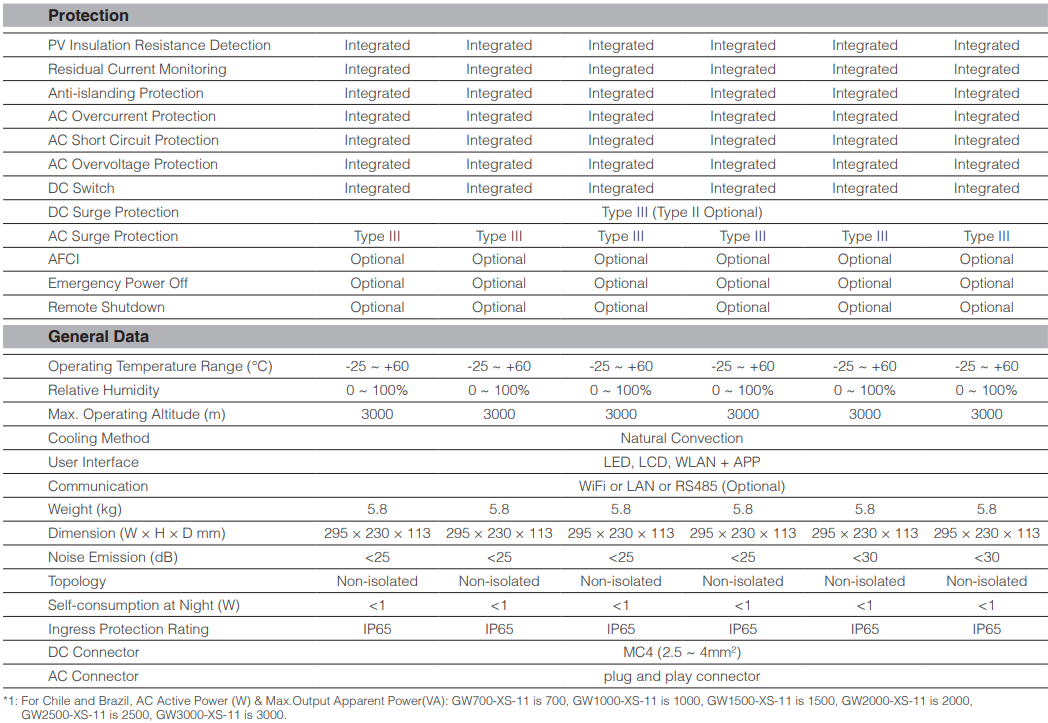
What is MPPT?
Definition:
MPPT (Maximum Power Point Tracking) is an algorithm and technology used to adjust the output voltage and current of a power supply system (such as solar photovoltaic panels, wind turbines, etc.) in real - time so that it always operates at the maximum power point (Maximum Power Point, MPP), thereby maximizing the acquisition and utilization of renewable energy.
Working Principle
MPPT in photovoltaic systems:
Output characteristics of photovoltaic cells: The output power of photovoltaic cells changes with changes in light intensity and temperature. Its output characteristics are represented by a curve.
Maximum power point (MPP): Under different light intensity and temperature conditions, there is a point on the output characteristic curve of photovoltaic cells where the output power is the largest, that is, the maximum power point.
MPPT algorithm: By detecting the output voltage and current of photovoltaic cells in real time, calculate the current optimal operating point, and by adjusting the parameters of the inverter or charge controller, make the system always work near the maximum power point.
MPPT in wind power generation systems:
Output characteristics of wind turbines: The output power of wind turbines depends on wind speed and generator speed.
Maximum power point (MPP): Under different wind speed conditions, there is a point on the output characteristic curve of wind turbines where the output power is the largest.
MPPT algorithm: By adjusting the blade angle or generator speed of wind turbines, make the system always work near the maximum power point.

